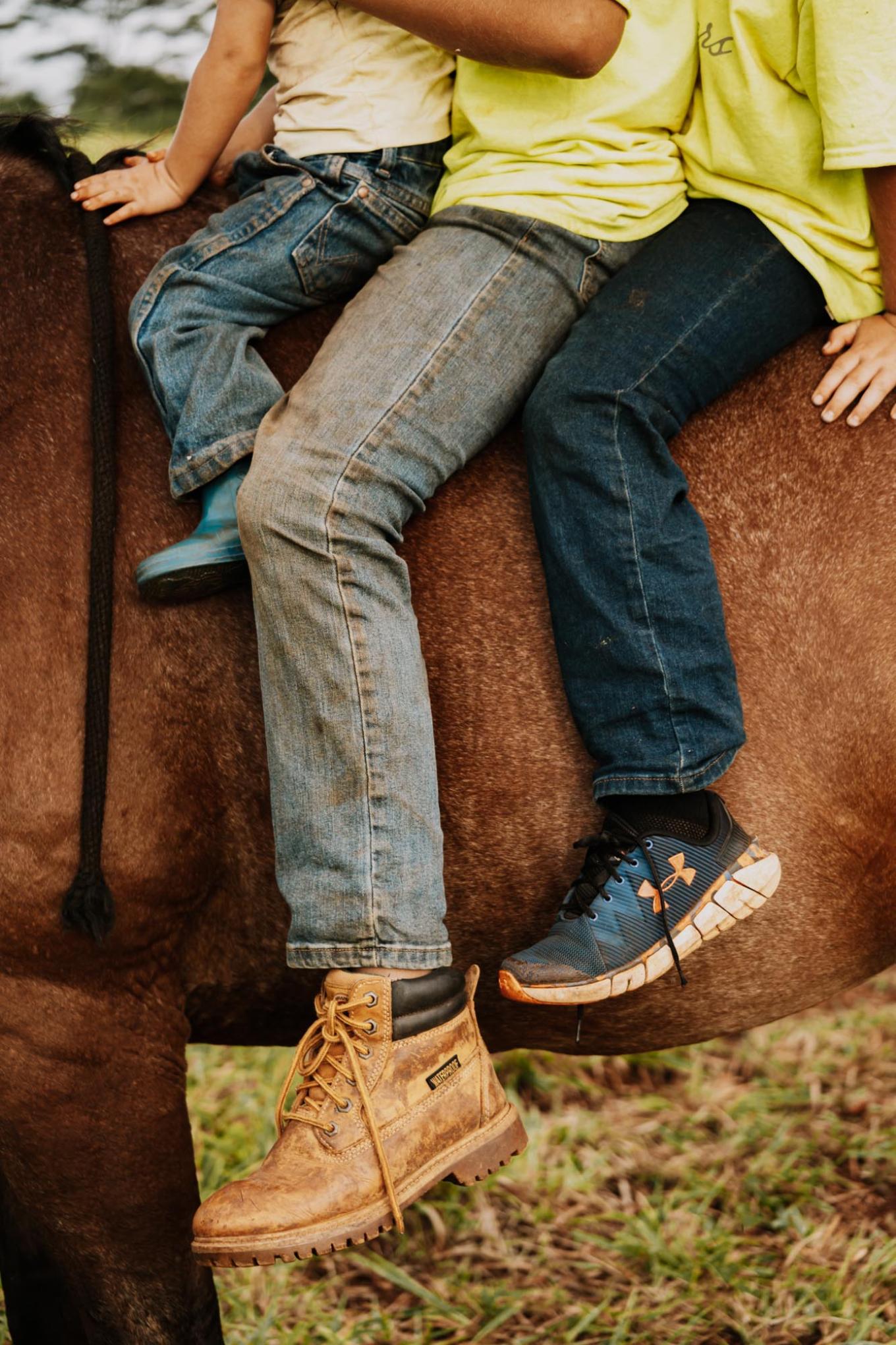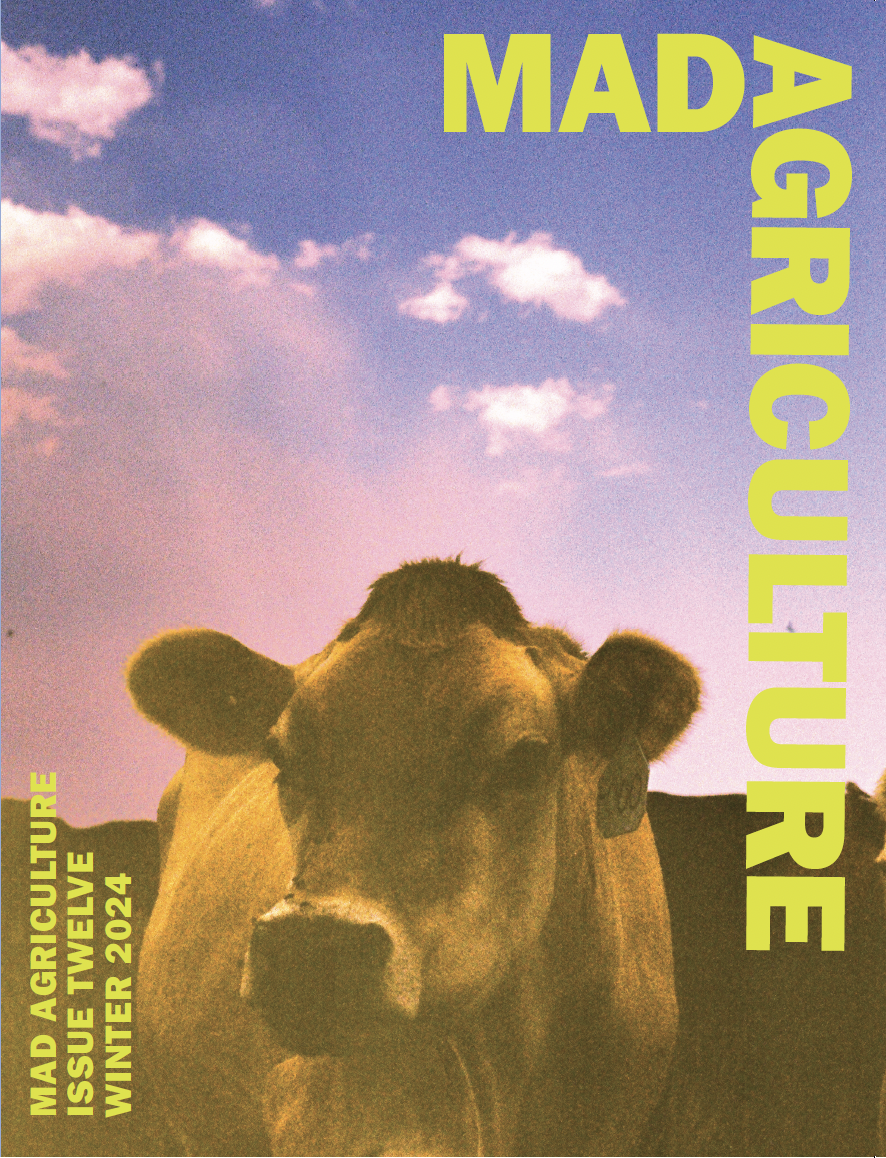
The Mad Agriculture Journal
Shepherding Hawai’i’s Food Future
Published on
April 01, 2025
Written by
Bryan Mayer
Photos by
Angie Svinarenko
Cattle, chicken, and hogs dominate our agricultural livestock landscape. Their meat packs the shelves of our grocery stores and finds their way onto countless restaurant menus and dinner tables across the country. But over the past few years, a smaller, more resourceful, and quite useful animal has been growing in numbers. The sheep. Grazing areas unreachable by larger ruminants, aiding in fire mitigation, helping to eliminate invasive plant species, some toxic to other animals, sheep are slowly taking their place as a beneficial resource we can no longer afford to overlook. Sheep are a way to help diversify our food system.
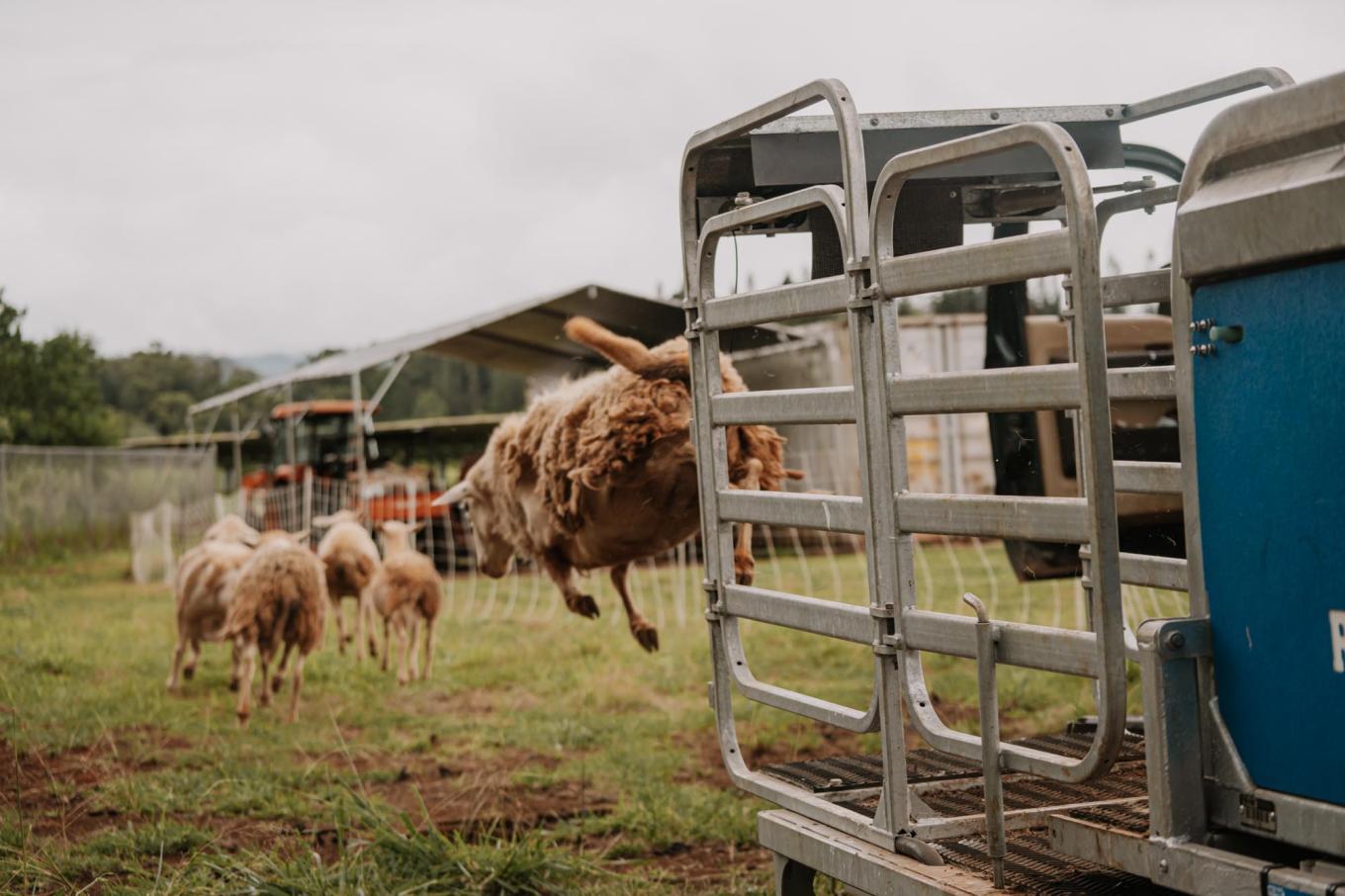
No one knows this better than Raia Olsen. Along with her husband, Daniel, they own and operate Oahu Grazers, a solar sheep grazing operation and Flying W Ranch, a cow-calf operation on the North Shore of Oahu. From a flock of 20 in 2014 they currently oversee 700 acres where sheep manage vegetation under solar panels in addition to acting as fire mitigation on overgrown grasslands. The grazing of sheep also assists in meeting agricultural requirements for these solar farms. But, with no access to slaughter on Oahu, the Olsens are forced to ship their lambs to neighboring Moloka’i. A nearly 70 mile journey that can be detrimental to the animals health and impact the overall quality of the meat.
When one thinks of Hawai’i, many images may come to mind. Livestock grazing pastures, I’m sure, aren’t one of them. While the only native species of land mammal is the ‘Ōpe’ape’a (Hawaiian Hoary Bat), livestock have been a part of Hawai’i’s landscape since Polynesians first introduced feral pigs to the islands along with much more recognizable canoe crops such as ‘ulu (breadfruit), mai’a (banana), & kalo (taro). That landscape has dramatically changed from feral pigs to the introduction, through colonization, of domestic livestock upon Captain Cook’s arrival in 1798. Problematic, to say the least, but a rich history of ranching and the Paniolo, Hawaiian cowboy, culture has flourished across the islands for generations.
Cattle dominate the livestock industry across the continental US. The same is true here in Hawai’i, but a growing number of farmers and entrepreneurs believe sheep, and their subfamily member goat, can help fortify local food security, and address our concerns regarding self-sufficiency, especially in times of crisis. However, these beliefs have come up against harsh realities of our changing environment, consumer habits, and most concerning, a lack of slaughter and processing capacity.
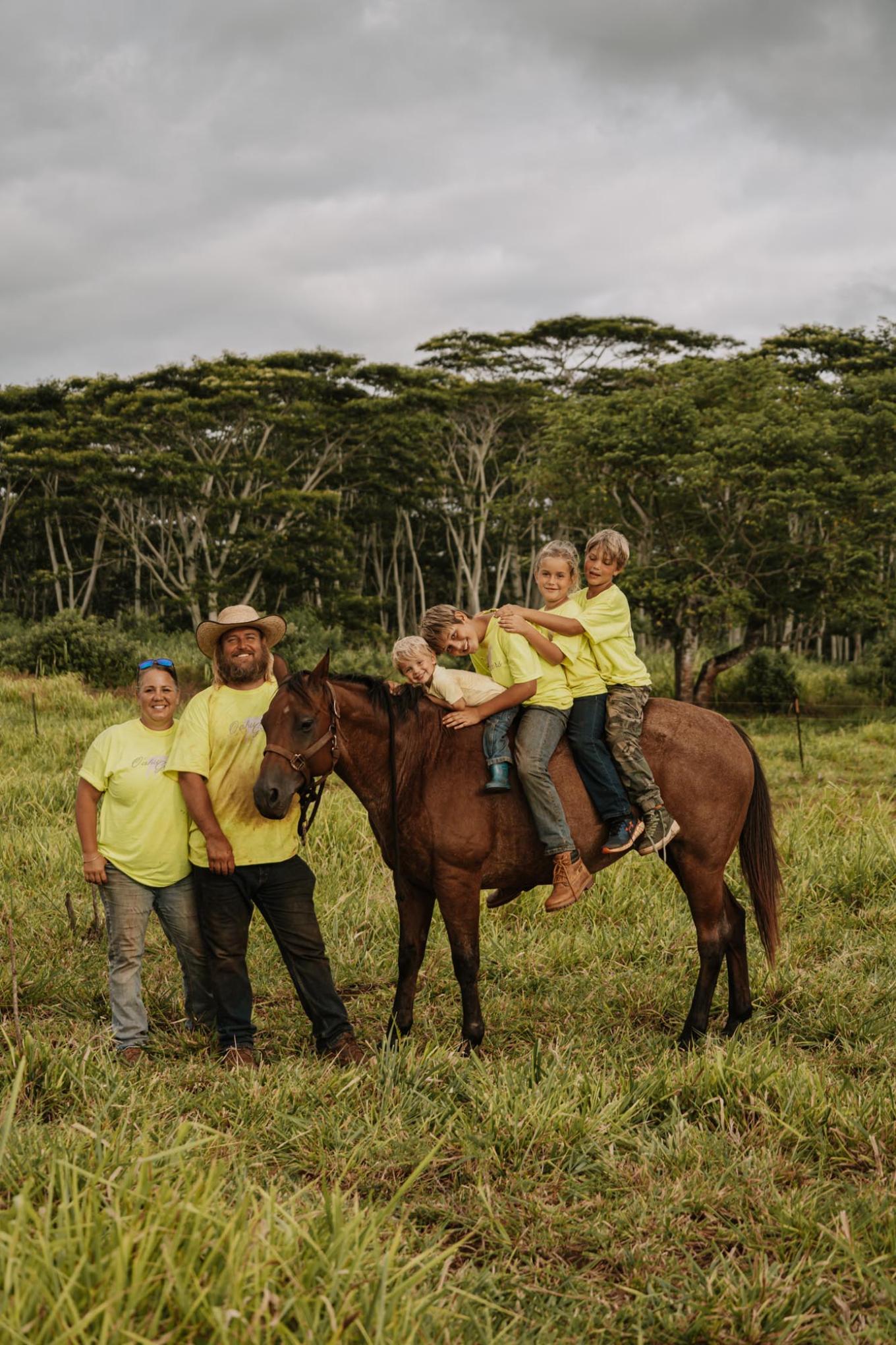
Lack of access to slaughter and processing has been an issue for decades in the meat industry. As our food system continues to consolidate, many small farmers and ranchers are left struggling to find consistent access to these services, often needing to drive hours for an open spot, or is sometimes the case here in Hawai’i, the need to ship live animals to another island, only to ship the processed meat back. All of which increases the final cost to consumers. With its sole slaughter and processing facility, Oahu faces an even bigger challenge: the economics of slaughtering something other than cattle. Oahu once had a thriving pork industry along with a modest amount of cattle. But, with an influx of cheap pork from the continent, locally raised pork becomes less and less profitable, and a shift to slaughtering and processing cattle occurred at the island’s only facility. That facility, along with the state’s largest, located on Hawai’i Island, now reside in the hands of a single owner. The financial struggles still exist, but now are even greater for the small number of hog producers, who have limited access to the plant, as well as a relatively new player on the island, sheep producers, who have no access. At last count there were approximately 27,000 sheep in Hawai’i with the majority on the island of Hawai’i. With the increase of solar farms across the island of Oahu and the need to manage the land around these “farms” in an efficient, sustainable, and economically viable way, the island is about to see an exponential increase in flock size. With the only means to slaughter roughly 70 miles away by boat, an alternative facility needs to exist on Oahu.
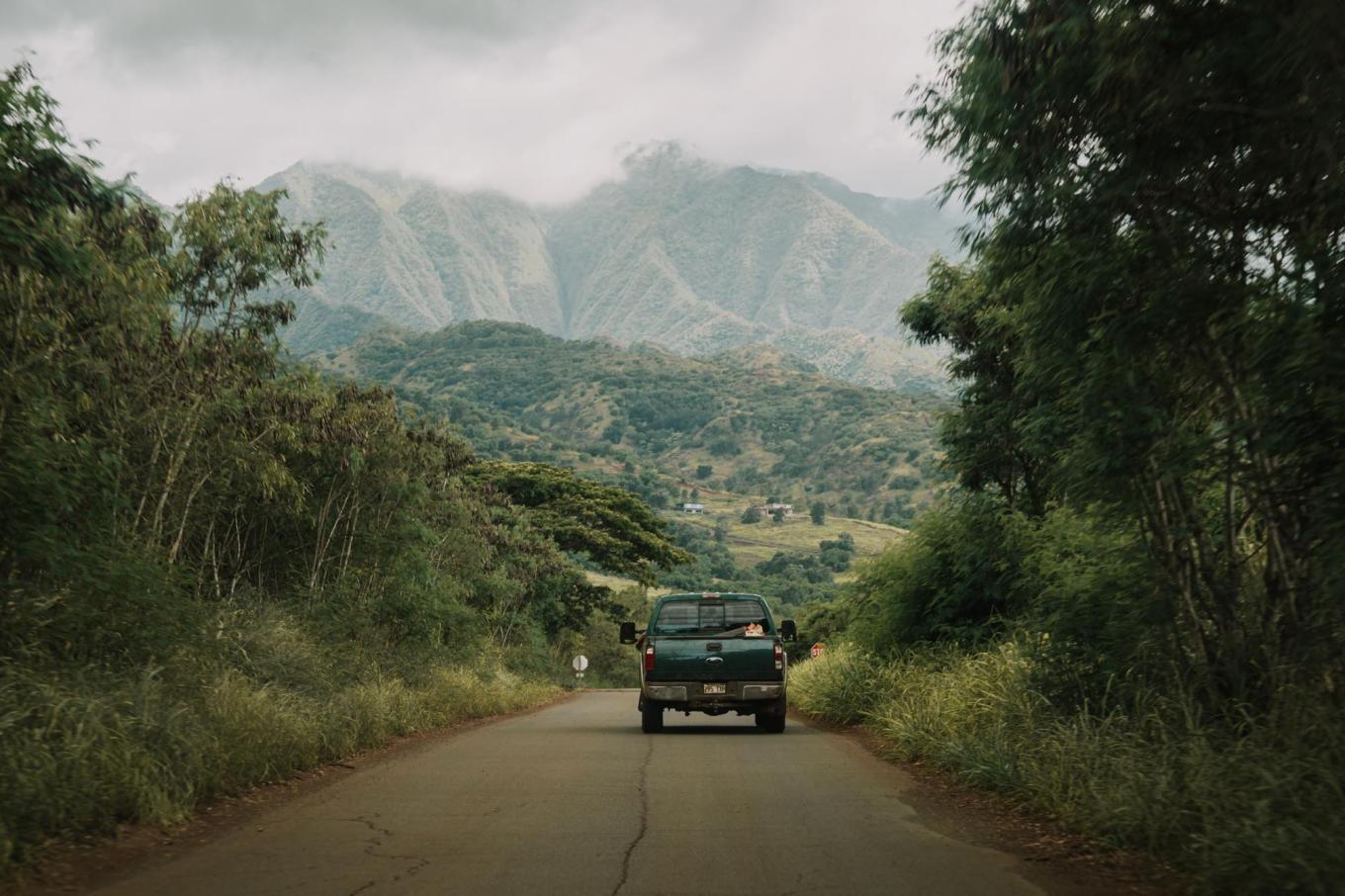
Hawai’i ’s remote location poses unique challenges. But, within those challenges are solutions that could be the answer to many of the issues faced across the agricultural landscape here and on the continent. Throughout the pandemic we saw the weaknesses of a centralized food production system. Fragile and incapable of a timely pivot we watched organizations in local communities amass quickly to fill in the gaps, and in some instances, take over. We saw a proliferation of small-scale, slaughter facilities. Supported by the USDA, multiple grants, and improvements in modular and mobile slaughter unit production, it seemed as if we had an answer to the bottlenecks that so many ranchers contend with daily. Whether these facilities prove to be successful has yet to be seen.
Here on Oahu we’re betting the future of small ruminants and hog processing on it. We can’t guarantee success, but we can guarantee the best chance of it. Over the last four years a group of ambitious meat industry professionals, food system leaders, financial experts, and local farmers have been building consensus around what is needed to make a facility work. One that is right sized from the start, with sensible expansion as needed. One that tasks legislatures to support local food processing and production by creating pathways for local meat across the island and state. Local meat needs to be on the menu at every public school across the Island and state. If hotels and resorts want to use valuable resources, like water, then they should be required to support local farmers and ranchers in meaningful, substantive ways. Our hospital systems should be providing patients and staff healthy nutritious meals that include local meat. Food is medicine too! These pathways in addition to longstanding relationships with local grocers could see the proliferation of local meat across the Island.
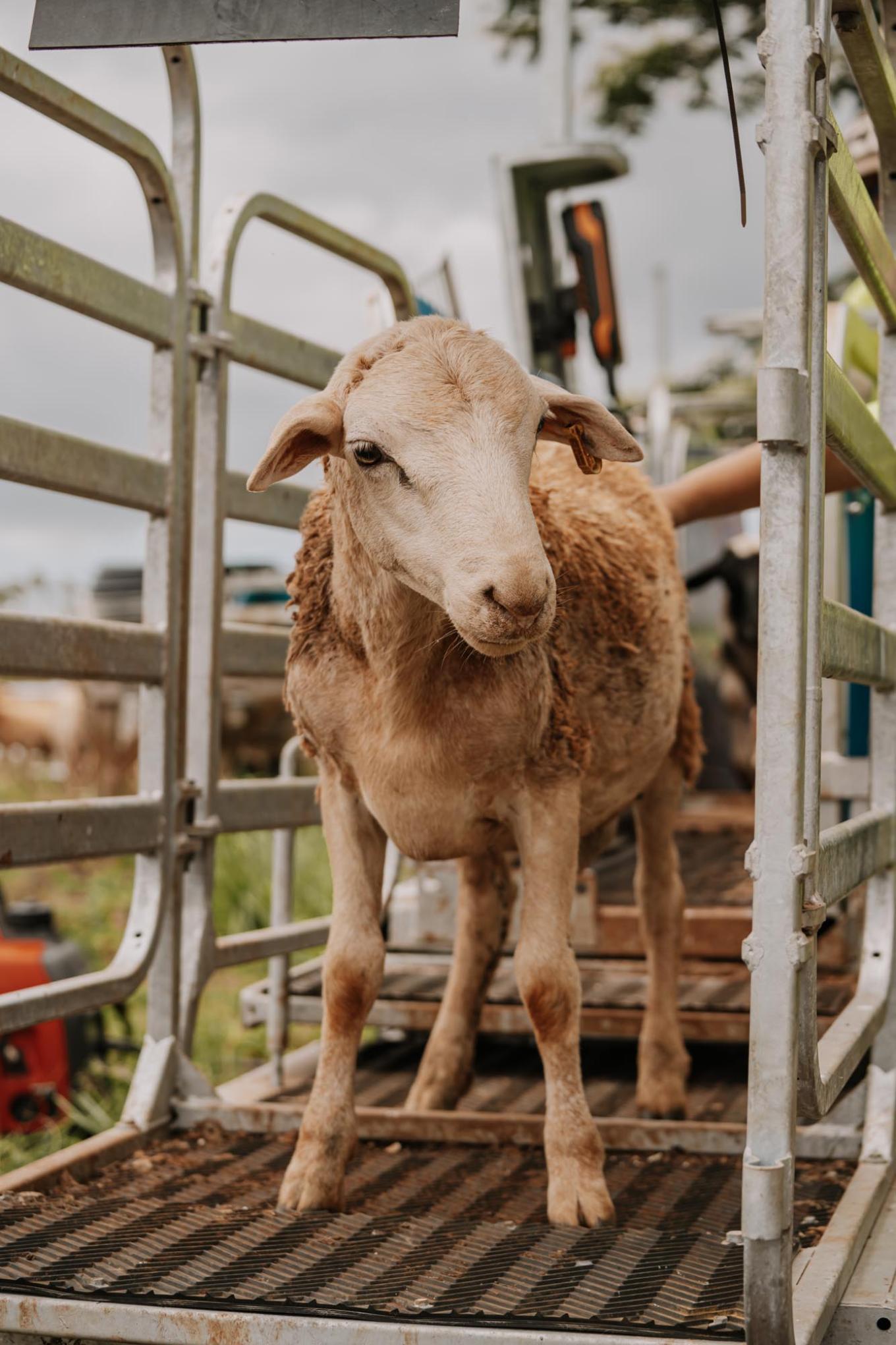
This isn’t an all or nothing proposition. Incremental change is what is needed, but it must start now. We have the means to support the infrastructure required for this to happen. Oahu needs a right-sized slaughter and processing facility that can grow along with burgeoning sheep producers, like Raia and Dan, as well as supporting the existing farmers and ranchers looking for an alternative. The addition of a new facility can also help reassure our young farmers and ranchers that there is infrastructure in place to support them as they grow.
That’s just the beginning. We can update our public school’s kitchens, train staff, create commissaries for efficiency, to feed our children nourishing, brain building meals. Hawaiian Airlines boasts some of our best chefs, creating meals for millions of travelers using local products. Could Queens, Kapiolani, Kaiser, and Castle medical centers do the same for the tens of thousands of residents needing medical care? Yes! Tourists flock to our resorts and eat meat that traveled as far as they did to get here. In some instances that meat left and came back. Why can’t we showcase what our ranchers and farmers produce. Change is never easy, and as it’s been said, there is no polish without some friction. Some will say things have been tried before and have failed. To that I say did we set each other up for success? We have the means to make this all happen, what we lack, perhaps, is the will.
